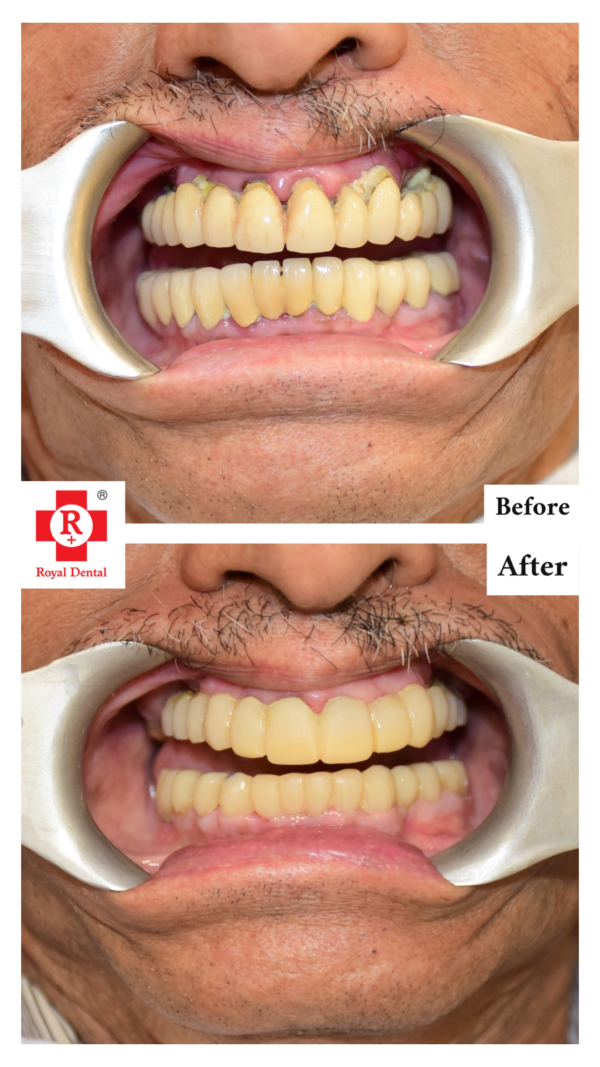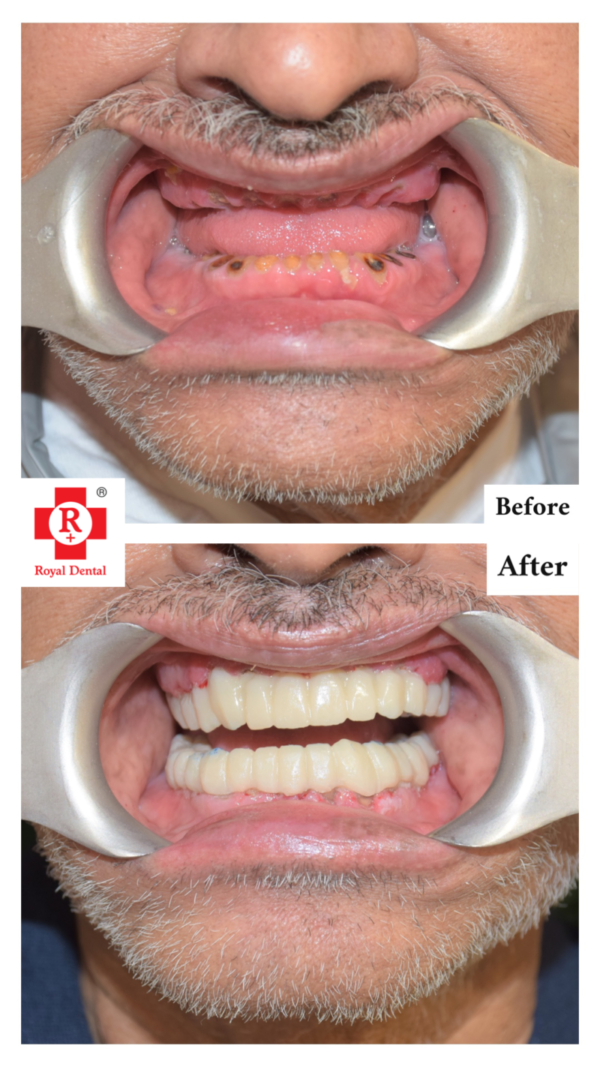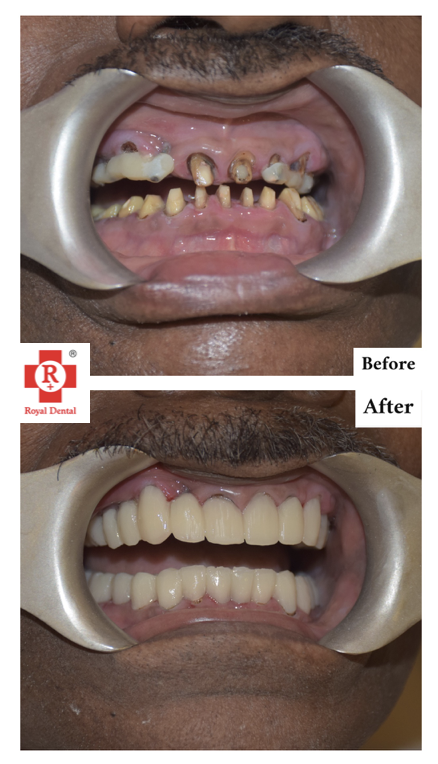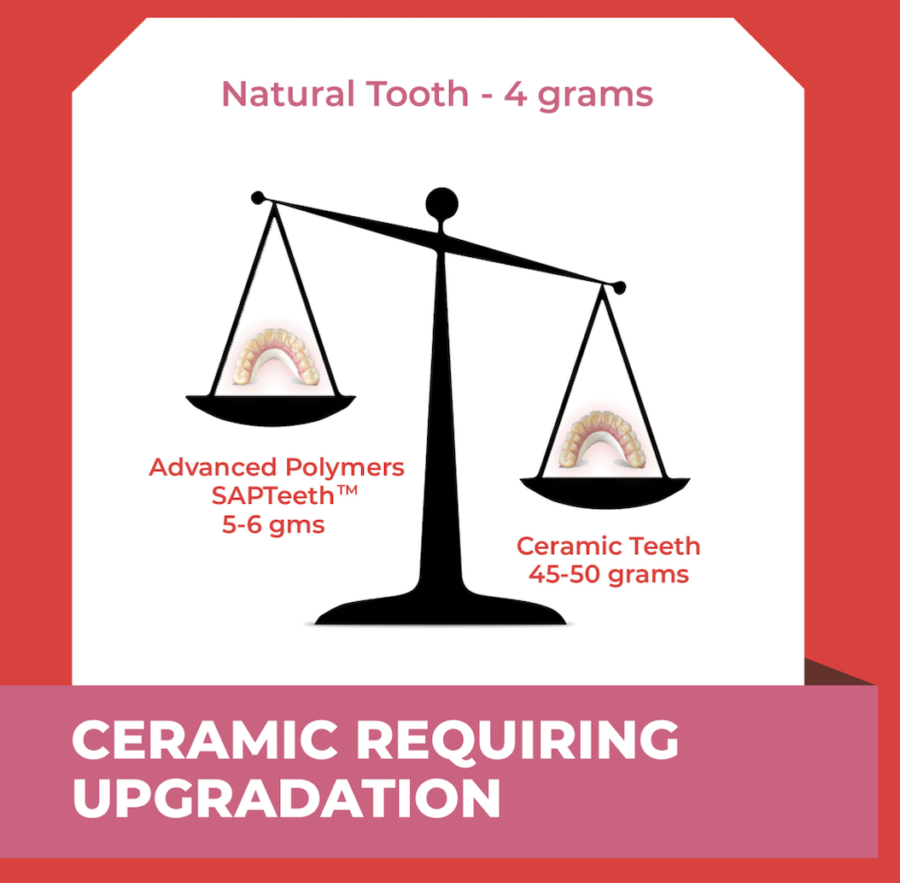Dental crowns are also known as caps, or simply tooth crowns. They are a type of restorative dentistry procedure used to strengthen and preserve the tooth. There are various reasons why you might need a SAPTeeth crown instead of a ceramic after root canal treatment. Wrinkled and eroded gingiva, sensitive teeth, fractured teeth, decayed roots, receding gums and exposed roots can all result in different types of dental crowns being needed. A tooth may be too weak to support a filling and not strong enough for a root canal treatment. In these cases, only a dental crown will work. Here’s more information on whether all dentists do dental crowns and what they involve.
What is the function of a Dental Crown?
A dental crown is a tooth-shaped cap that is fitted over a tooth, usually the front teeth, to restore function and strength. It is often used to repair teeth that have been weakened by decay or injury to the tooth structure. These caps can also be used to protect a weak tooth against further decay.
A cap can be made of porcelain, metal, or plastic. Porcelain ones are most often used to restore the colour, shape, and size of the tooth. A metal crown is generally used when there is a need for tooth strength. Whereas SAPTeeth crowns may be used to protect the bone from further damage or for ease of repair.

Repairing Teeth with Dental Crowns
It is often used to repair teeth that have been decayed or broken. Decayed tooth can be difficult to treat since a filling alone is not strong enough to protect the tooth from more decay. Thus composite is used to repair decayed teeth by surrounding the decayed portion of the tooth and strengthening the tooth with a SAPTeeth cap.
A damaged tooth may need a dental crown to repair the tooth. A cap can be used to protect the tooth from further damage, prevent the tooth from becoming loose, and be an aesthetic replacement for the broken tooth. A dental crown can be used to repair a broken tooth that is not deemed healthy enough for a root canal.
Fixing Broken Teeth with Crowns
It can be used to repair a broken tooth or prevent a broken tooth from becoming damaged. A broken tooth can be treated with a dental crown. A dental crown is often used to fix a cracked tooth or prevent a broken tooth from becoming loose. A dental crown can also be used to prevent a tooth from becoming infected. People who grind their teeth often break or chip their teeth. A dental crown can be used to strengthen weak teeth that are more likely to break. It is often used to repair chipped teeth and prevent the tooth from becoming loose.



Protecting Sensitive Teeth with SAPTeeth
SAPTeeth can be used to protect sensitive teeth from hot, cold, or hard foods. A dental crown can be used to repair a tooth that has been extensively decayed and is too weak to support a filling. If the root has been removed from the tooth and the tooth is too weak for a filling to be placed in the tooth, a dental crown can be used to protect the sensitive tooth. A dental crown will protect the tooth from cracking and being too sensitive to eat certain foods.
Restoring Roots with Dental Crowns
A dental crown can be used to replace teeth that have lost their roots. A crown can be placed over the remaining portion of the tooth root to protect the tooth from damage. A dental cap can be used to protect a weak tooth with no remaining root structure. SAPTeeth can be used to repair teeth that have been decayed or broken to the point where a filling would not be strong enough to protect the tooth. A dental crown can also be used to protect teeth from further decay.
All about SAPTeeth
The most advanced material for the crowns is called SAPTeethTM. They exert less stress on the bone, due to their shock-absorbing properties. SAPTeethTM is specially made to protect the bone, implant, and natural teeth under the prosthesis. They exert 24 to 149 times more shock absorbing than the traditional ceramic, zirconia artificial teeth. SAPTeethTM materials come in preformed blanks that are digitally managed and easy to process. They are perfectly suited to digital CAD-CAM for the production of crowns & bridges. The use of machine production is cost and time-saving, also ensures less reworking and therefore greater stability.







